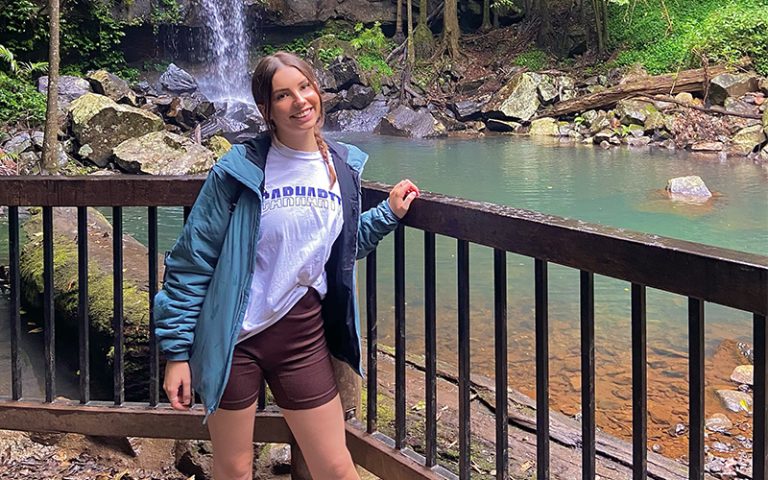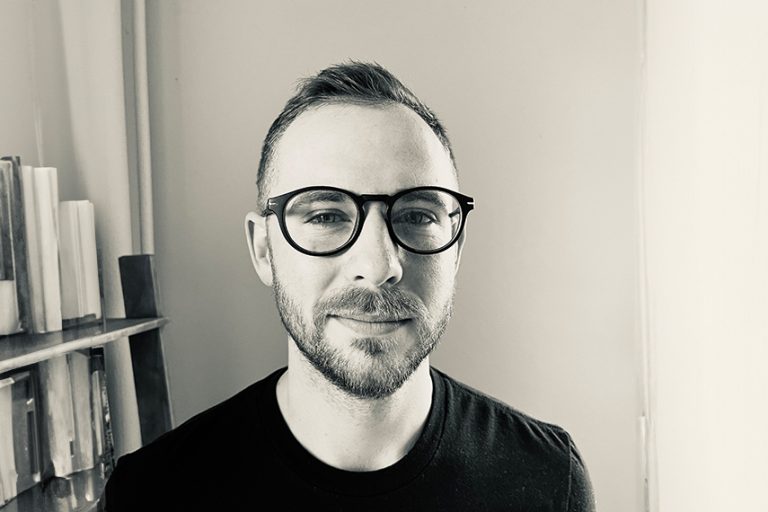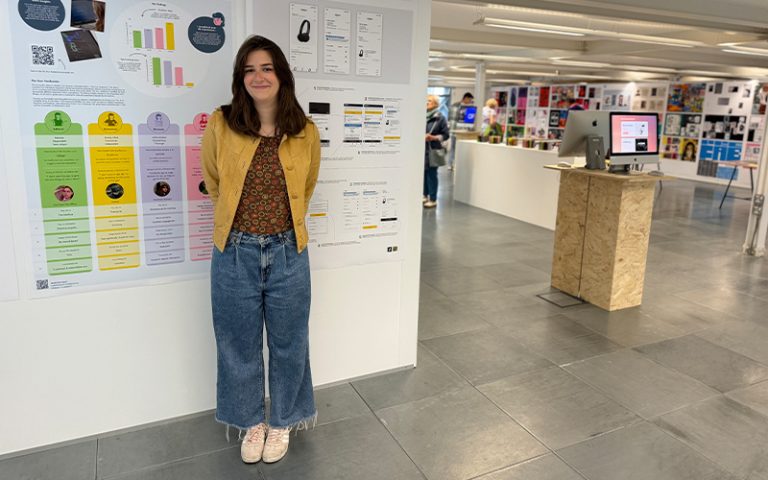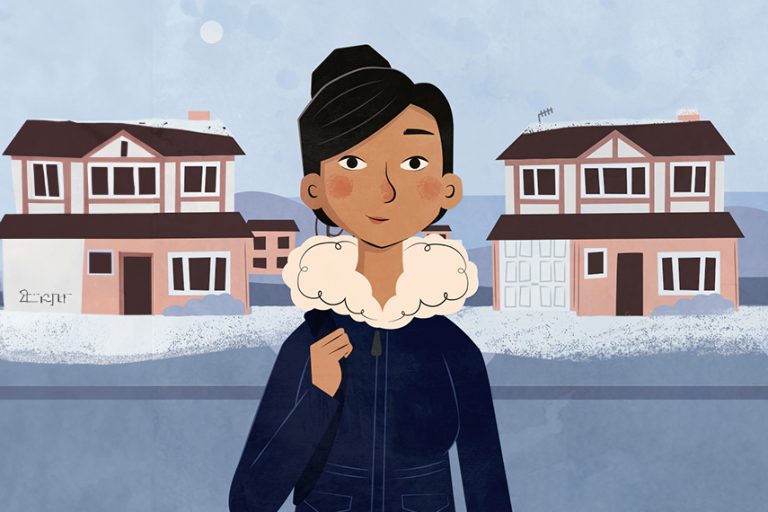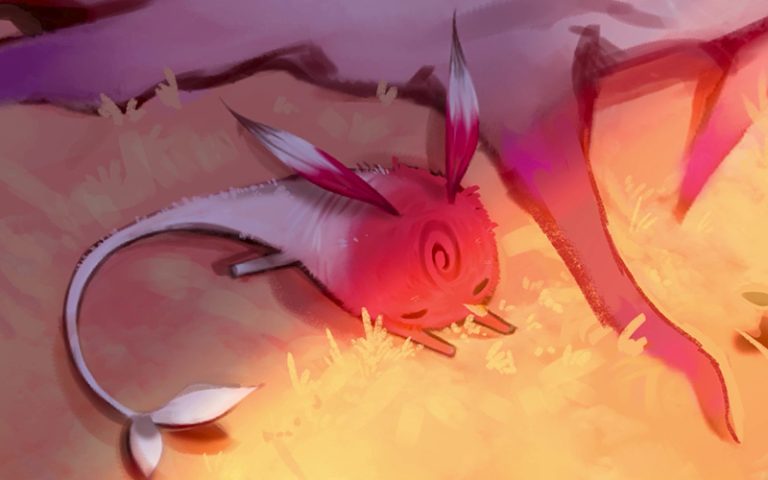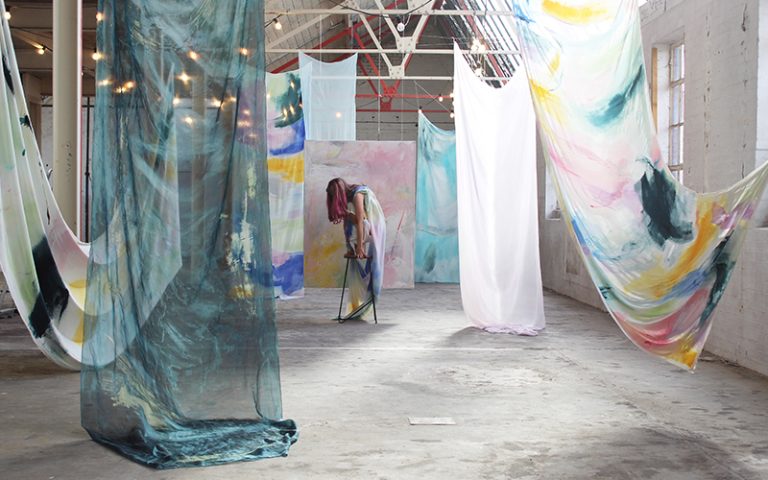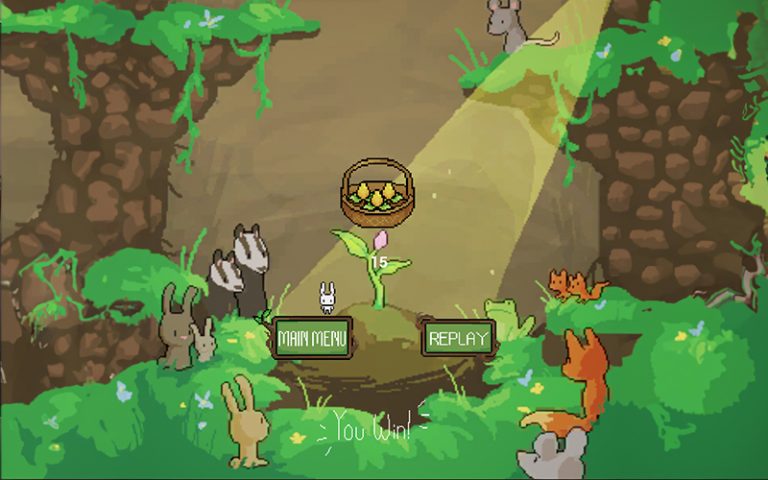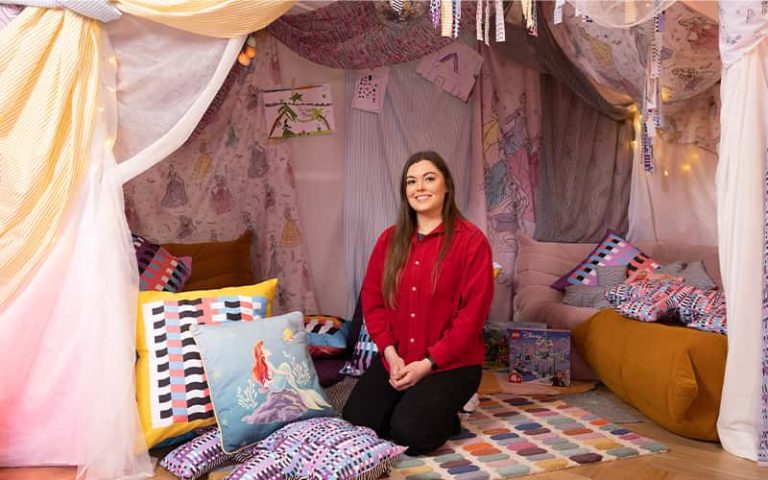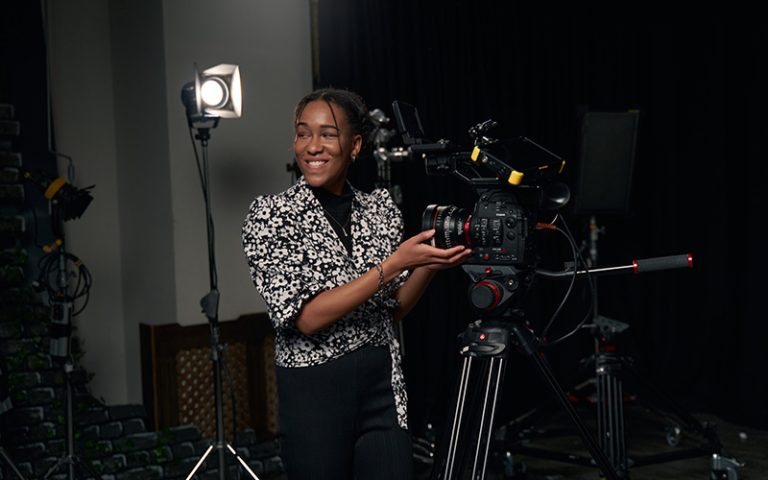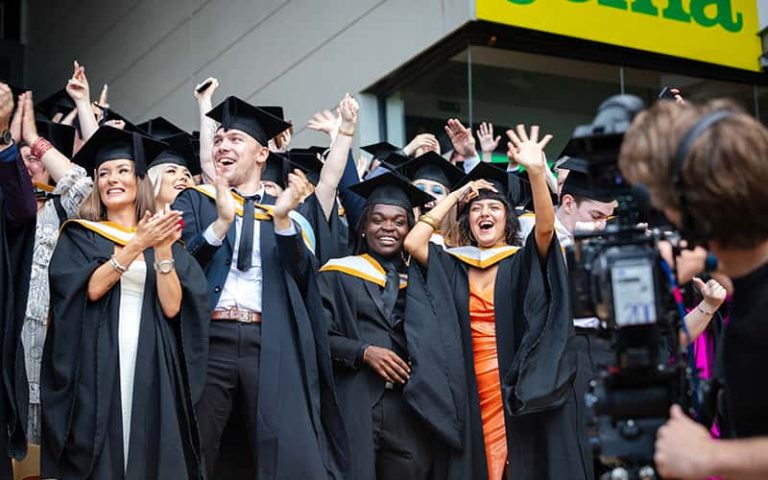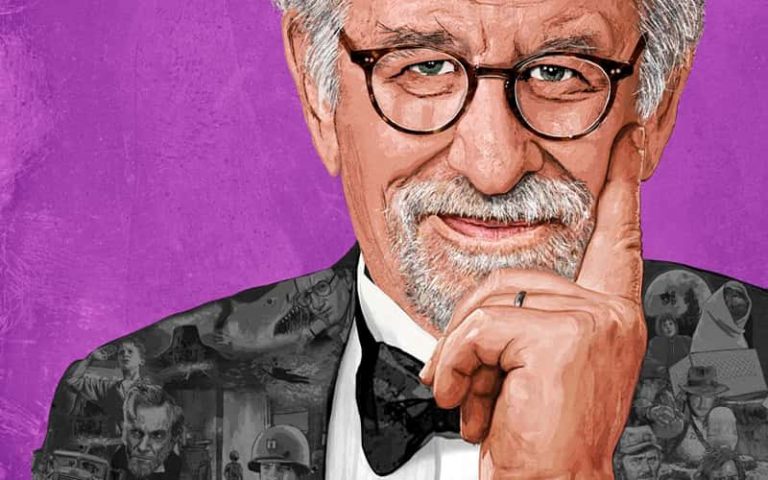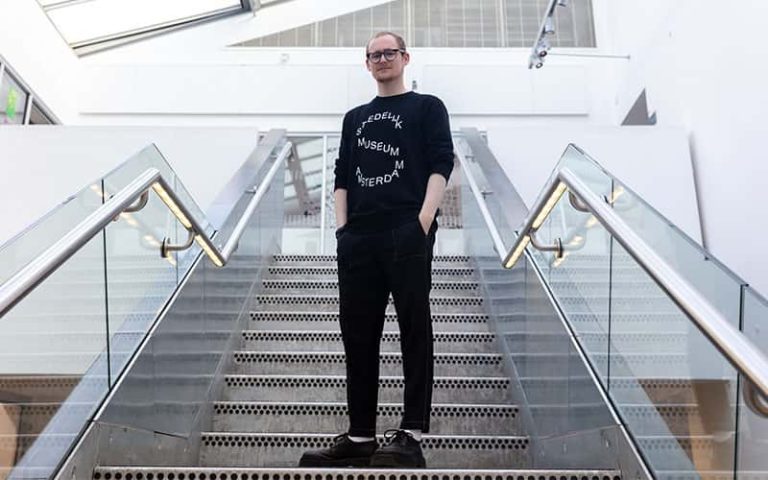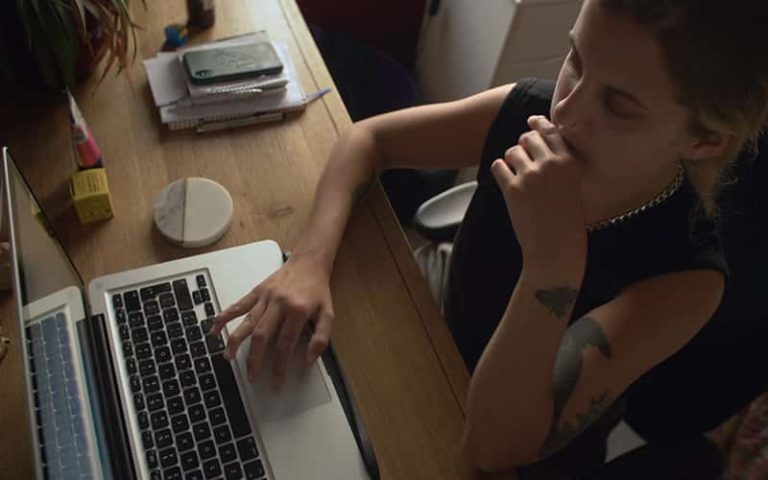Getting the lowdown on NFTs
Like a volcano of digital Marmite, NFTs (Non-fungible token) exploded into the art world in 2021, splitting opinion and sending shockwaves through contemporary culture.
Like a volcano of digital Marmite, NFTs (Non-fungible token) exploded into the art world in 2021, splitting opinion and sending shockwaves through contemporary culture.
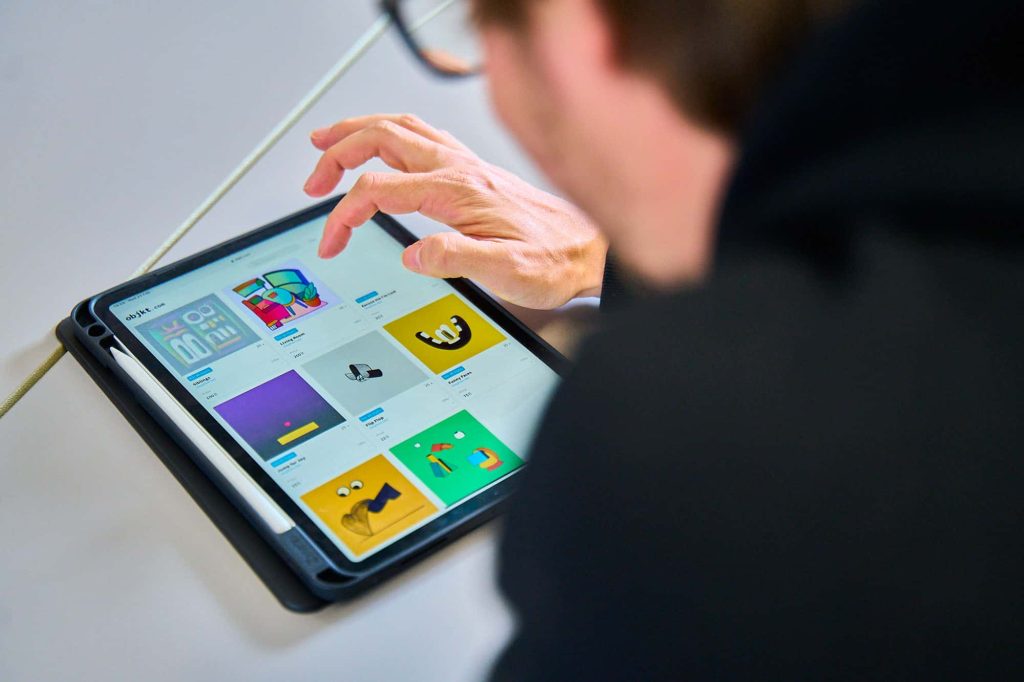
BSc User Experience Design Lecturer Dave Watson delves into the world of NFTs and chats with NUA graduate and NFT artist Stephen Ong about this global sensation.
NUA does not endorse NFTs or cryptocurrencies. This blog is not financial advice – please do your own research before deciding to trade NFTs and cryptocurrencies, which can gain or lose value rapidly.
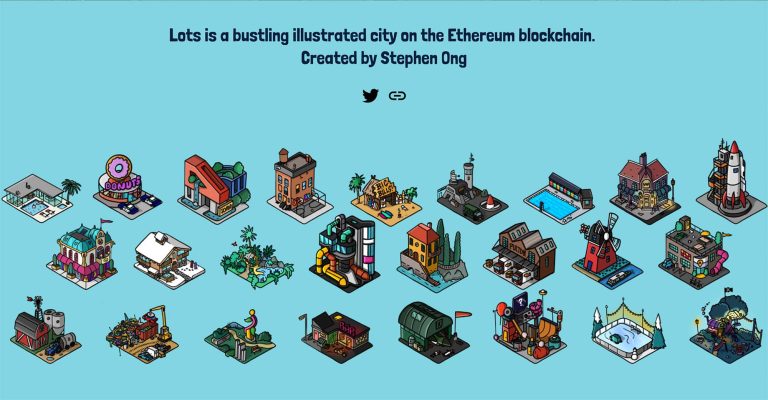
NFT
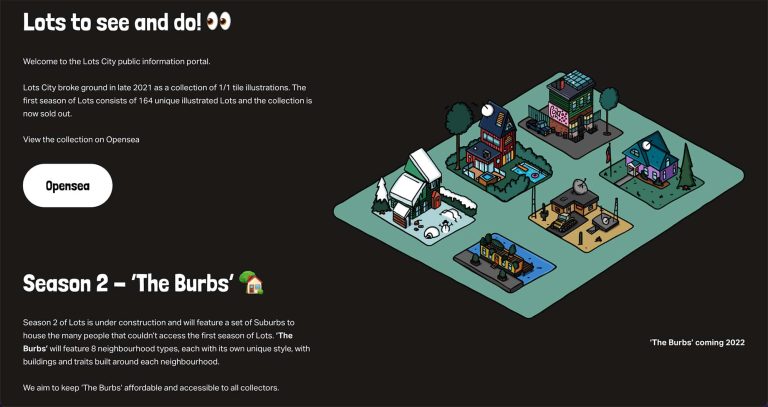
NFT
An evolving set of technologies born from cryptocurrency blockchains, NFTs are tradeable digital tokens that can be used to represent ownership of something, usually a piece of digital art or an in-game item, although memes, tweets and even colours have been ‘minted’.
NFTs took off in 2017 through the game Cryptokitties and the Cryptopunks cryptoart project – 10,000 collectable 24×24 pixel pieces, the floor price (cheapest) of which is now around $200,000, only topped by the notorious celebrity-magnet Bored Ape Yacht Club collectables project.
Artists or buyers mint artwork on a blockchain via an online marketplace to make NFTs. Percentages of secondary sales generate royalty payments for the artists, offering the NFT artist a rewarding feature missing from more traditional art markets.
To those in the pro-camp they variously represent a fun new way to trade art, a revolutionary step towards a better future for digital ownership, or the birth of Web 3.0 and the virtual reality metaverse. To those on the anti-side, they’re a pointless fad, a bubble, a scam, a Ponzi scheme, or worse.
“NFTs are a great platform for animators because there wasn’t really a good way for them to sell pieces of personal work before, whereas illustrators could sell prints.”
Legitimate concerns over the energy consumption of NFTs and cryptocurrencies inspire passionate opposition.
Meanwhile, ‘Clean’ NFT and blockchain projects like Tezos make environmental sustainability a central theme of their design. NFT sales and donations have to date raised over $60million in aid to Ukraine.
Love them or hate them, with an estimated $40billion trading volume in 2021, NFTs refuse to be ignored.
NFTs frothed over into the mainstream in March 2021, following Christie’s auction house’s historic first NFT sale of Beeple’s piece Everydays : The First 5000 Days, for $69.3 million, making him the third highest-priced living artist after Jeff Koons and David Hockney, who described NFTs as “silly little things” for “crooks and swindlers”.
Damien Hirst voiced his opinion through his work The Currency, comprising 10,000 NFTs each of which corresponds to a unique named and signed physical painting.
As of early March 2022, only one-third of the NFTs have been exchanged. NFTs have also opened the art market to young up-and-coming artists. 18-year-old Victor Fewocious grossed over $17million in NFT sales in 2021, with a single piece selling at Christie’s for $2.8million.
Celebrity collectors including Paris Hilton, Mike Tyson, Justin Bieber, Snoop Dogg, and Jimmy Fallon, have publicly boosted NFTs, while other A-listers have rejected them emphatically. On Feb 2nd 2022, Kayne West scrawled on a piece of paper in an Instagram post, “Do not ask me to do a f*cking NFT”. The post has since been deleted.
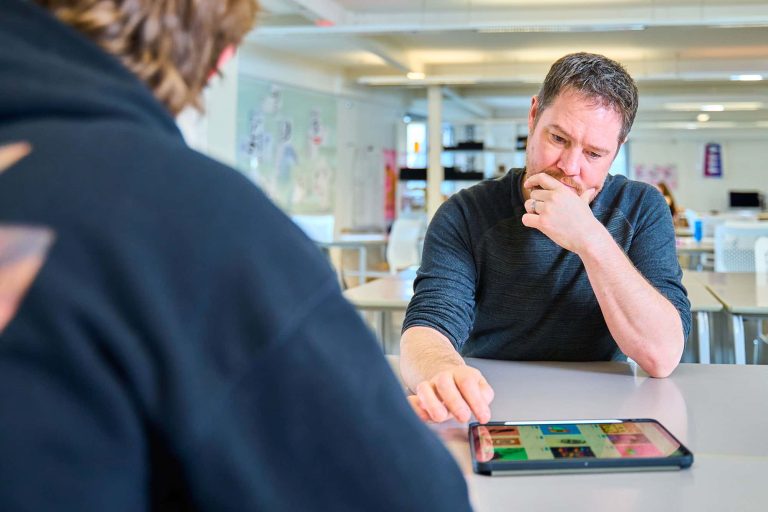
Dave and Stephen
Graduate Stephen Ong works as a commercial animator and makes beautiful, fluid, hand-drawn personal animation and illustration projects, which he started minting in 2021. He spoke to Dave about getting into NFTs, how communities of artists and collectors are evolving, ethical concerns, and NFT etiquette.
D: How do you sell and collect NFTs, how did you get into it?
I had a back catalogue of personal work and an animator friend told me I should look into NFTs. I minted my first piece on the Known Origin marketplace in early 2021.
I did a few more and they sold really quickly, so I just started minting my whole back catalogue on Known Origin and Foundation. They both use the Ethereum blockchain. Minting on Ethereum means you need to pay ‘gas’ fees, which can be horribly expensive.
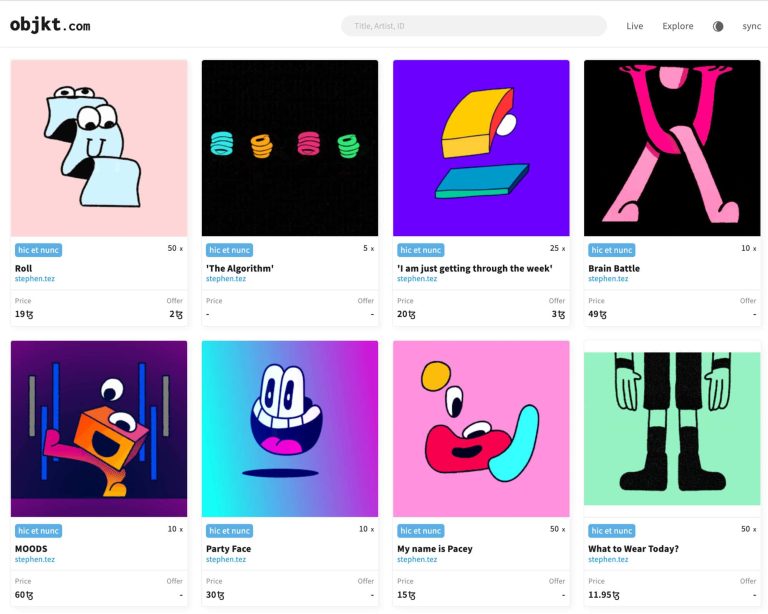
NFTs 1
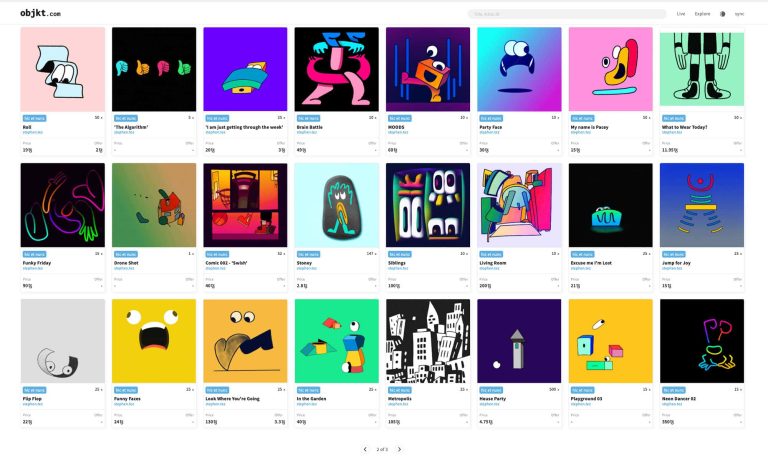
NFTs 2
D: How do you sell your work?
I started minting on other sites like Hic Et Nunc (HEN) which uses a blockchain called Tezos, and OpenSea, which can use Polygon. Those have much lower gas fees and they’re more sustainable because they use a Proof of Stake (PoS) system which uses a lot less energy than Ethereum. There are marketplaces for clean NFTs too.
Ethereum uses a Proof of Work (PoW) system like Bitcoin, which uses a lot more energy, but they’re switching to a much cleaner system soon in their next upgrade.
There are loads of NFT art marketplace sites with different audiences and communities.
OpenSea tends to be where you find collectables, like a lot of the big Profile Pic (PFP) collection projects like the Bored Apes.
D: How many editions of your work do you sell and what has been popular?
I did some one-of-ones, then tried editions of 25, then 50, then 1000. Some sold better than others, you just need to experiment really. The pieces that were my favourites generally sold the best.
It depends on the artist, and the quality of the artwork really matters. I’ve sold illustrations and animations, but haven’t noticed a difference in prices between them.
NFTs are a great platform for animators because there wasn’t really a good way for them to sell pieces of personal work before, whereas illustrators could sell prints.
My Lots Tiles project sold well; it is a series of 164 1/1 collectable illustrations of city blocks. I’m working on the second series now, called The Burbs. I’m also making some comics that go with the pieces and collaborating with the collectors in my Lots Discord to decide how the narrative in the comics should evolve and link to the places in the Lots project, and where to go next with it, it’s really interesting.
Stay tuned for part 2
Meet our Makers and Creators